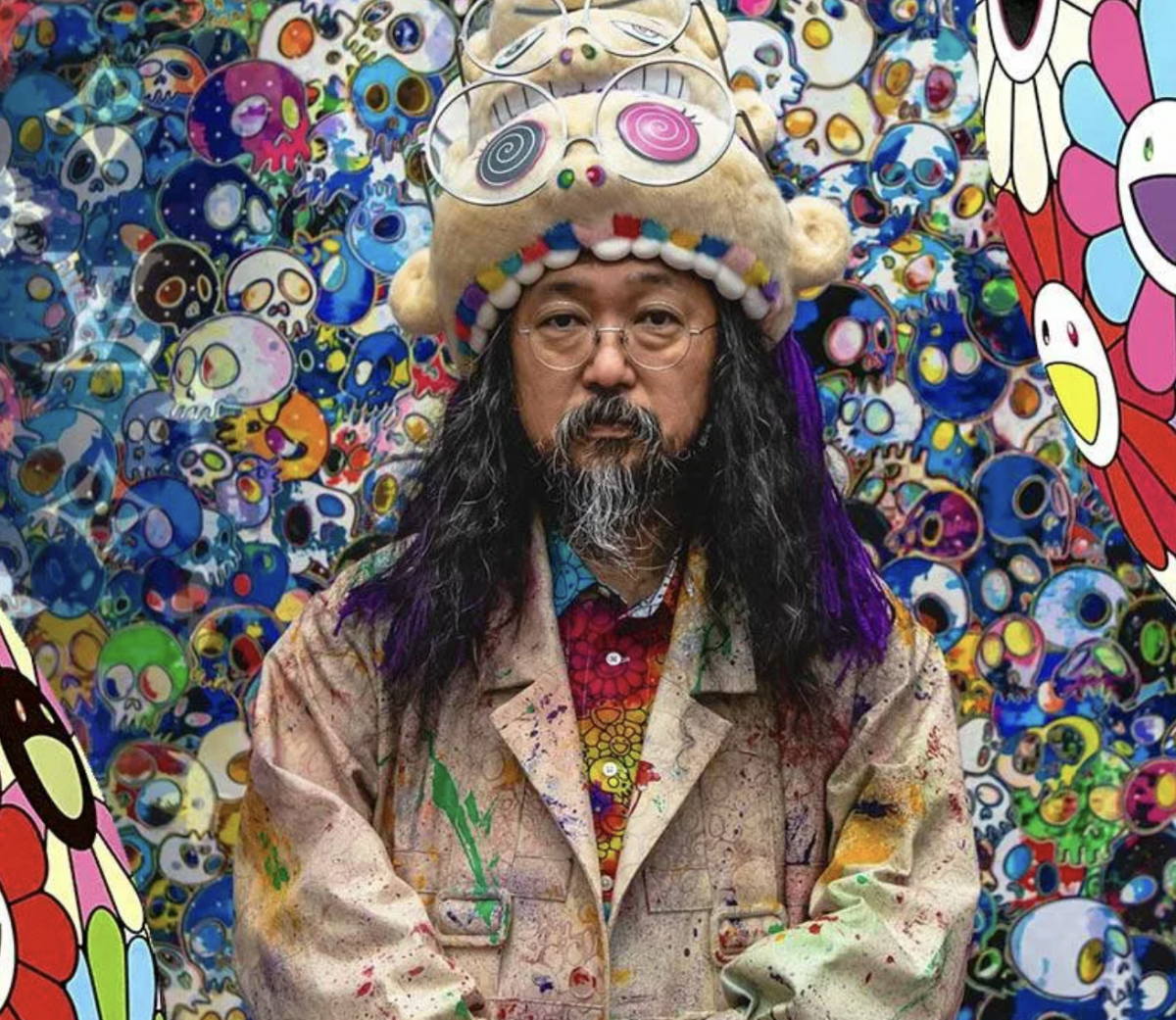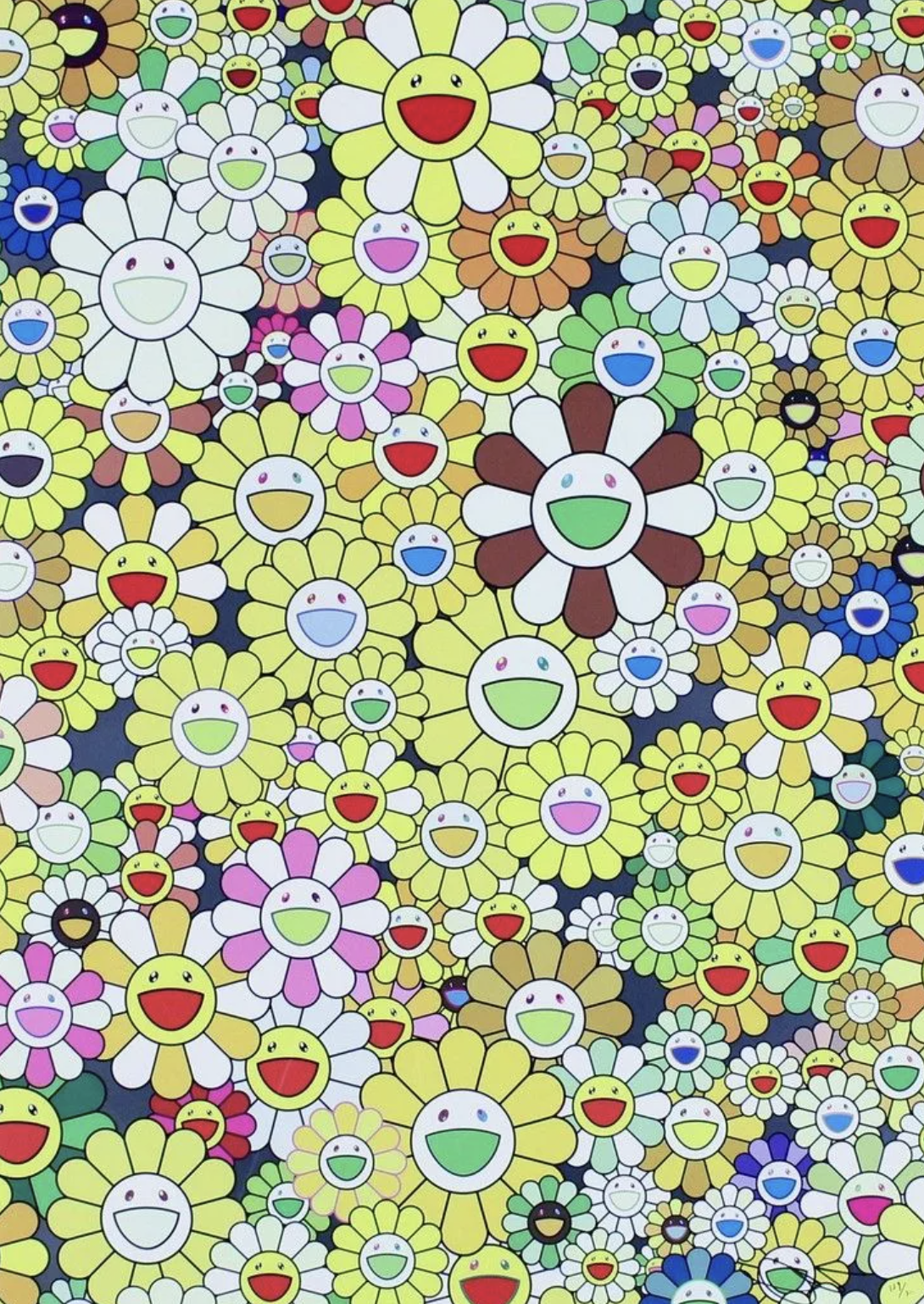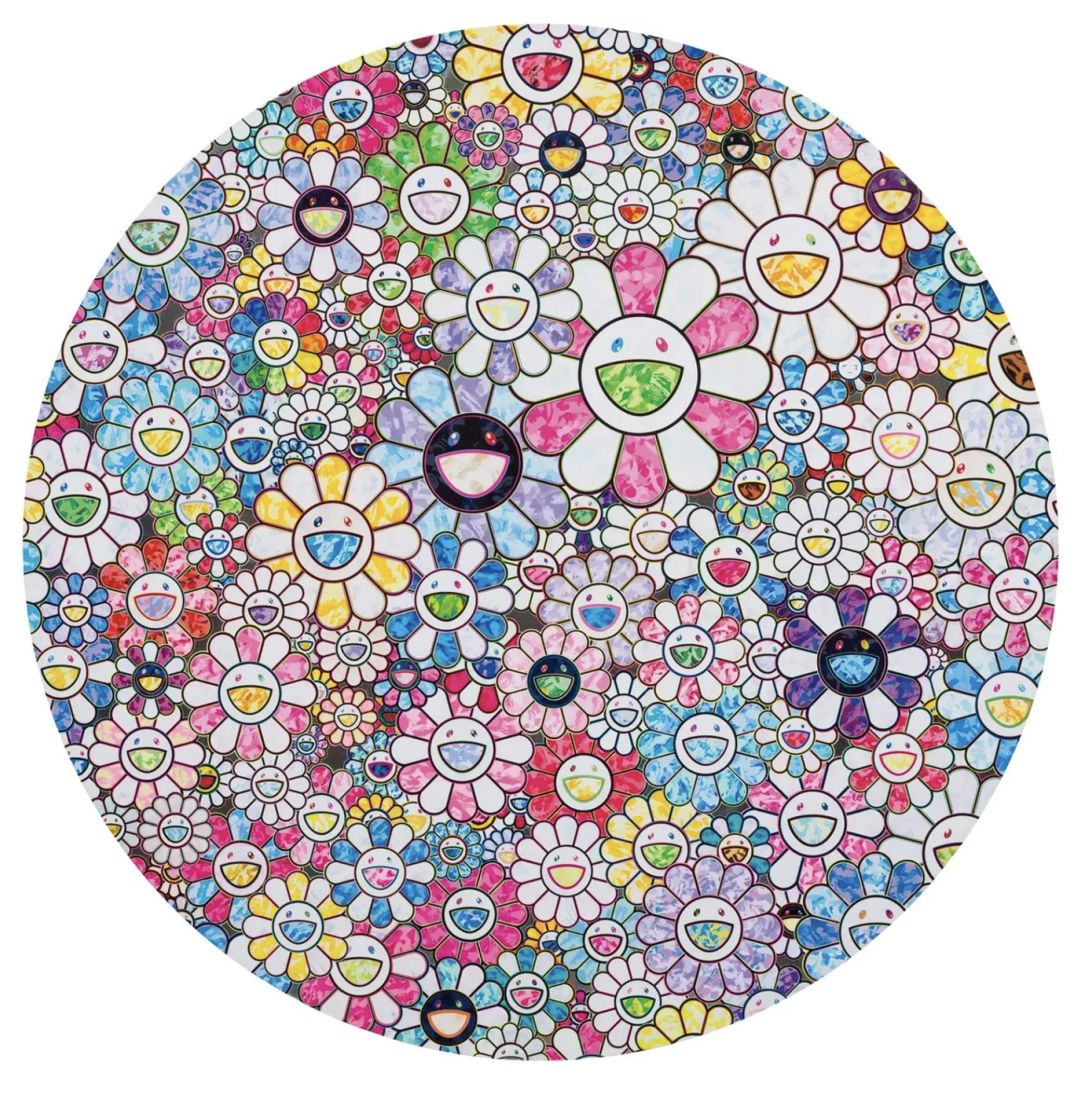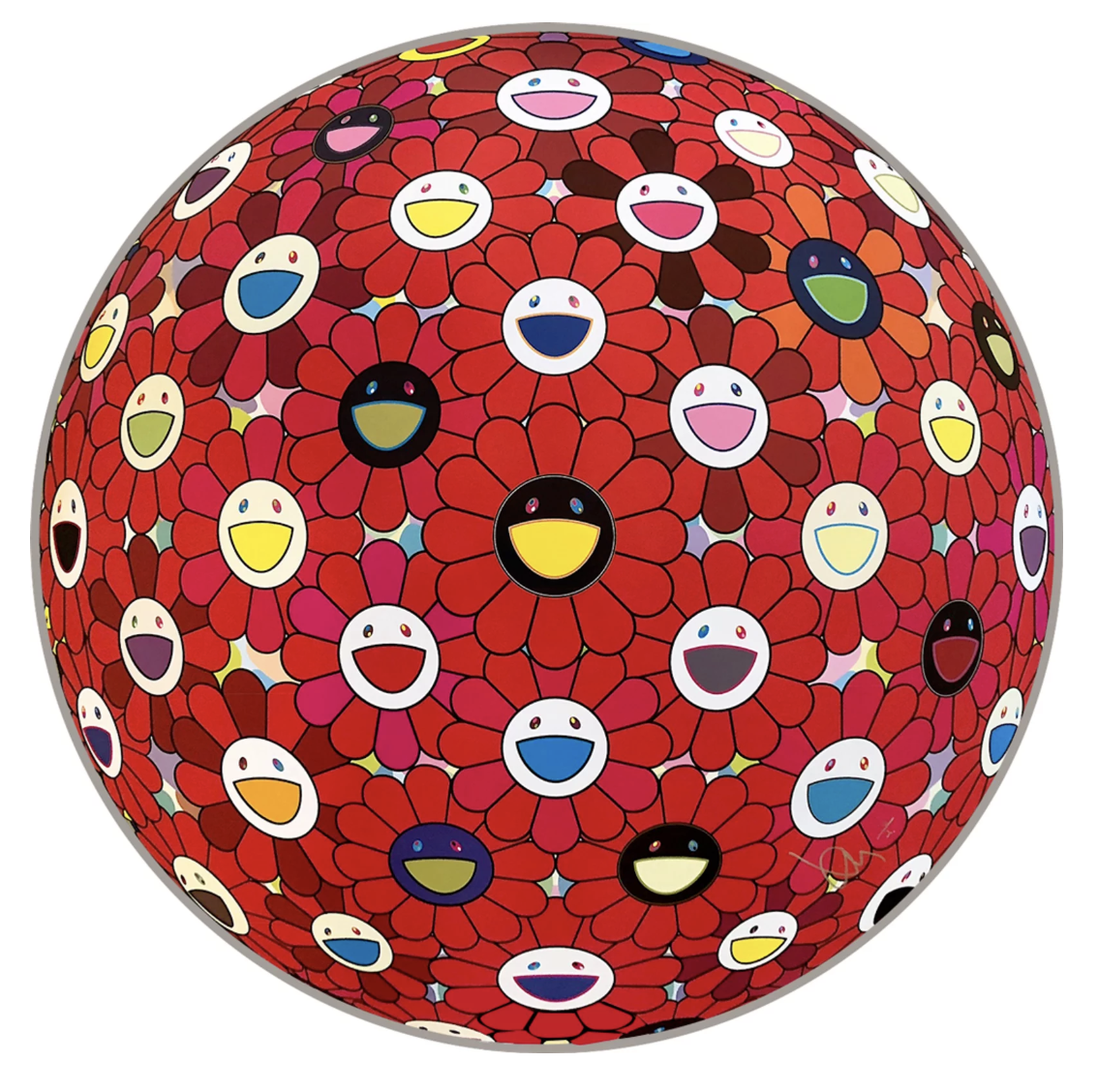Takashi Murakami: Blurring the Boundaries between High Art and Pop Culture

Takashi Murakami is a Japanese contemporary artist widely recognized for his distinct fusion of traditional Japanese aesthetics with pop culture references, creating a vibrant and often controversial art form that has taken the international arts scene by storm. Born in Tokyo in 1962, Murakami is one of the most celebrated artists of his generation, known for his innovative approach that has effectively blurred the lines between fine art and commercial imagery.

The birth of his unique "Superflat" aesthetic, which Murakami coined, is a vital component of his artistic identity. This post-modern style flattens the image and merges the worlds of anime, manga, and traditional Japanese Nihonga painting to create hyper-saturated, meticulously crafted artworks. Superflat also refers to the postwar Japanese society and culture, commenting on the shallowness and consumerism that Murakami perceives in contemporary life.

Murakami's journey into the art world began at Tokyo University of the Arts, where he trained in Nihonga, a traditional style of Japanese painting. He later pursued a PhD in the field; however, his interest in contemporary art and the aesthetics of Western consumer culture led him to explore different avenues. Drawing inspiration from figures like Andy Warhol and the broader movements of Pop Art and consumerism, Murakami sought to push the boundaries of traditional art.

Perhaps one of Murakami's most iconic characters is Mr. DOB, a whimsical, ear-to-ear grinning creature that represents the artist's alter ego. Mr. DOB's design reflects Murakami's critical view of consumer society, as well as his own encounters with the Western art market. The name itself is a play on the slang expression "dobojite," meaning "why?," showing Murakami's questioning nature.

Murakami's work is not limited to paintings and sculptures; he maintains a robust practice in commercial media, including animation, merchandise, and fashion. His long-term collaboration with luxury brand Louis Vuitton broke new ground, bringing his art into the realm of high fashion and questioning the divisions between commercial and fine art. This collaboration opened doors for other artists to partner with luxury brands, showcasing the potential for synergy between art and consumer culture.

One of the defining characteristics of Murakami's work is his understanding of the role of the artist as a cultural producer. He set up his own production studio, Kaikai Kiki Co., Ltd., which oversees the development of his artwork, manages emerging artists, and operates as a commercial enterprise. This hybrid model of art studio and company reflects the duality present in Murakami’s work—simultaneously high art and commodity.
Murakami’s influence extends to the world of music as well. He directed and designed the animated music video for Kanye West's "Good Morning," and his artwork adorned the cover of West's album "Graduation," cementing Murakami's status in both the visual art and music industries.

His international exhibitions have drawn massive audiences, with notable shows like "©Murakami" which toured major museums in the United States and beyond, and "The Octopus Eats its Own Leg," a retrospective that highlights his career's evolution. Both exhibitions showcased the broad appeal of Murakami's art, from his distinctive use of color and pattern to the reoccurring themes of apocalypse and rebirth.

Despite some critiques that Murakami's commercial endeavors dilute the potency of his work as fine art, he stands as a figure who has successfully challenged the status quo, continually reminding us that art does not have to fit into a single category. Rather, his oeuvre represents a fluid conversation between multiple facets of culture and creative expression.

In conclusion, Takashi Murakami remains an influential figure whose work transcends traditional boundaries of art. By interlacing high art with popular culture, he has created a new vernacular within the art world, one that speaks to both aficionados and the masses alike. His Superflat universe compels us to question and explore the depths of both art and our contemporary society, making Murakami not just an artist, but a cultural phenomenon.
Теги
art, Takashi Murakami.